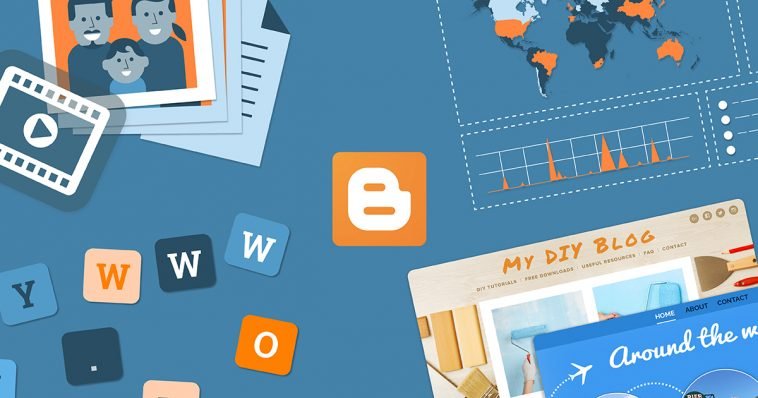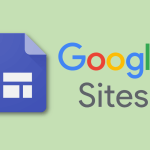Introduction.
While there are numerous platforms and tools available to build eCommerce websites, many business owners are unaware that they can create a fully functional online store using Blogger, a popular blogging platform owned by Google.
Blogger offers a free and user-friendly solution for those looking to start an eCommerce venture without the need for extensive technical expertise or significant financial investment.
In this article, we will guide you through the steps to create an eCommerce website using Blogger.
Whether you’re a small business owner, an aspiring entrepreneur, or someone looking to sell products online, this guide will provide valuable insights to help you embark on the journey of building your online store using Blogger’s straightforward and cost-effective platform.
How Do I Create an eCommerce Website Using Blogger?
Blogger, a free and user-friendly blogging platform owned by Google, provides an excellent solution for those seeking to establish an eCommerce website without the complexities of custom coding or significant upfront costs.
In this comprehensive guide, we will walk you through the step-by-step process of creating an eCommerce website using Blogger.
Whether you’re a small business owner looking to expand your digital footprint or an aspiring entrepreneur eager to start your first online store, this article will provide valuable insights and practical steps to help you get started on your eCommerce journey.
Step 1: Sign in to Blogger.
To begin, you’ll need a Google account. If you don’t already have one, sign up for a Google account or use an existing one. Once you have a Google account, sign in to Blogger at https://www.blogger.com.
Step 2: Create a New Blog.
After signing in to Blogger, click on the “Create a new blog” button to initiate the setup process.
You’ll need to choose a name for your blog, a URL (web address), and select a template. The template can be changed later, so don’t worry too much about this choice initially.
Step 3: Customize Your Blog.
Once your blog is created, navigate to the “Theme” section and customize the template to align with your eCommerce needs.
While Blogger’s template options may not be specifically designed for online stores, you can modify them to suit your business.
Consider customizing the colour scheme, layout, and typography to create a professional and cohesive look for your online store.
Step 4: Create Pages for Your eCommerce Site.
Blogger allows you to create pages that serve as the main sections of your eCommerce website. Common pages for an online store include:
- Home: An introduction to your store, featuring your best-selling products or promotions.
- Products: A catalogue of your products or services, categorized for easy navigation.
- About Us: Information about your business, its history, and its mission.
- Contact: Contact details or a contact form for customer inquiries.
- Shopping Cart: While Blogger doesn’t offer a built-in shopping cart feature, you can manually manage orders and payments.
Step 5: Add eCommerce Elements.
To transform your Blogger blog into an eCommerce site, you’ll need to integrate eCommerce elements. Here’s how to do it:
- Product Listings: Create product listings by adding images, descriptions, prices, and links to payment options.
- Shopping Cart: As Blogger doesn’t offer a native shopping cart feature, you can use external tools like PayPal buttons or third-party eCommerce widgets to handle payments and orders.
- Payment Options: Integrate payment gateways like PayPal, Stripe, or Square to facilitate secure transactions.
- Shipping Information: communicate your shipping policies and methods to your customers.
Step 6: Optimize for SEO.
To ensure your eCommerce website is discoverable in search engines, optimize it for SEO.
Use relevant keywords in your content, product descriptions, and metadata. Regularly update your blog with fresh and engaging content to improve your site’s ranking in search results.
Step 7: Publish Your Website.
Once you’ve customized your blog, added eCommerce elements, and optimized it for search engines, it’s time to publish your website.
Make it accessible to your target audience by promoting it through various digital marketing channels.
Conclusion.
Creating an eCommerce website using Blogger provides a cost-effective and straightforward solution for businesses seeking to establish an online store without significant upfront expenses.
While Blogger may not offer all the advanced features of dedicated eCommerce platforms, it is a viable option for small businesses, startups, and individuals with limited budgets.
With dedication, creativity, and effective marketing, you can turn your Blogger blog into a thriving eCommerce venture.
By following the steps outlined in this guide, you can take the first steps towards building your online store and tapping into the vast world of eCommerce.
Remember that success may take time, so be patient and continually seek ways to improve your strategies as you navigate the dynamic realm of eCommerce using Blogger.






GIPHY App Key not set. Please check settings